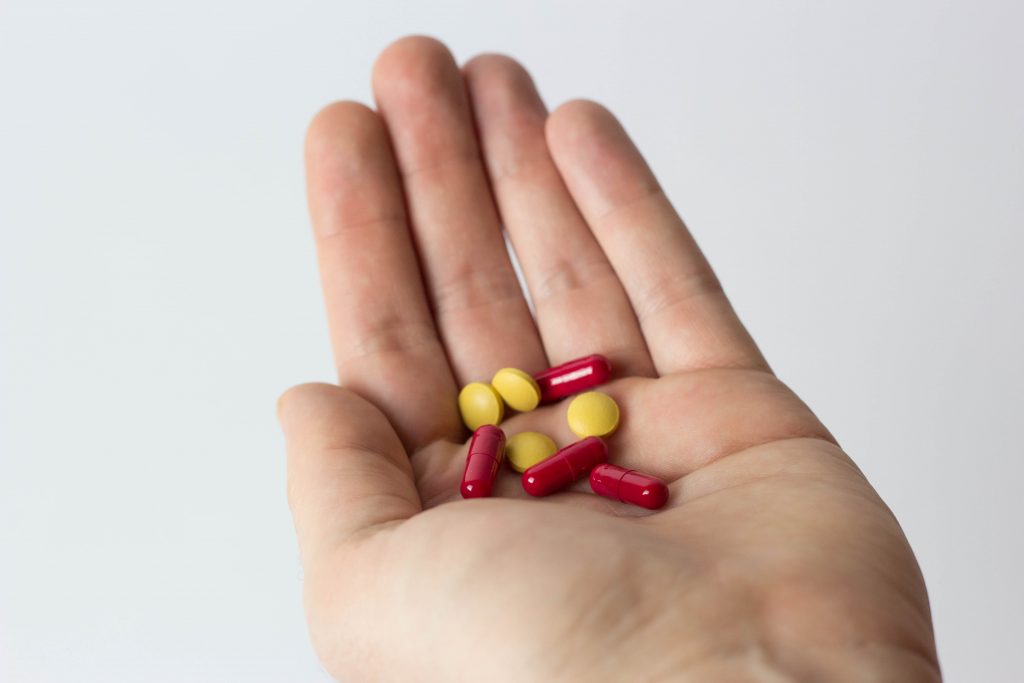High prices from established medical companies means some people are willing to risk buying medication from unverified sources.
Markets, or anywhere we buy and sell things, are an important part of our economy. They’ve been around for most of human history, and can be created easily and spontaneously by any two individuals who want to exchange something. Indeed, if you ever swapped stickers or Pokemon cards on the playground, you’ll have experienced this phenomenon first hand.
However, most markets are much bigger and more complicated than this playground set up. And for many people, that’s a good thing. When you’re looking to buy something like medicine, for example, you’re likely to want to get it from a market that is overseen by a government or other regulator who enforces rules which say the product you buy can’t be dangerous or fake. Similarly, you may prefer that the medicine was produced by an established and reputable company that has the money and expertise to ensure the drugs it produces are identical (so you know what dosage you’re getting) or easy to take, or produced in sanitary conditions.
Which is why it’s interesting that America, which has both a rule-enforcing government and plenty of big medical companies, has seen a growth in informal trading of medical supplies between individuals, usually via the internet. There's one big reason why many people are turning to unvetted strangers for the medication they rely on to stay healthy or alive: cost.
America’s healthcare system is notoriously expensive. It is largely privatised, or run by non-government companies. These include pharmaceutical companies, who discover and manufacture the drugs, and treatment businesses like hospitals, pharmacies and doctors surgeries. People pay for their healthcare either out of pocket or via insurance. Because many of these companies are designed to maximise profit and/or revenue, they will put their prices as high as possible, i.e. to the wherever the price limit of a decent number of buyers is. (Economists call this supply and demand theory).
People are generally willing to pay a lot of money for life-saving or life-enhancing medicine. That means hospitals and doctors and drug manufacturers can charge a lot of money for treatment. But just because enough people can afford these prices to meet a health company's sales goals doesn’t mean everyone who needs a treatment has enough money to pay for it. Some of these people therefore take their chances in informal markets, where prices are much lower.
Read our explainer on: the cost of living.

